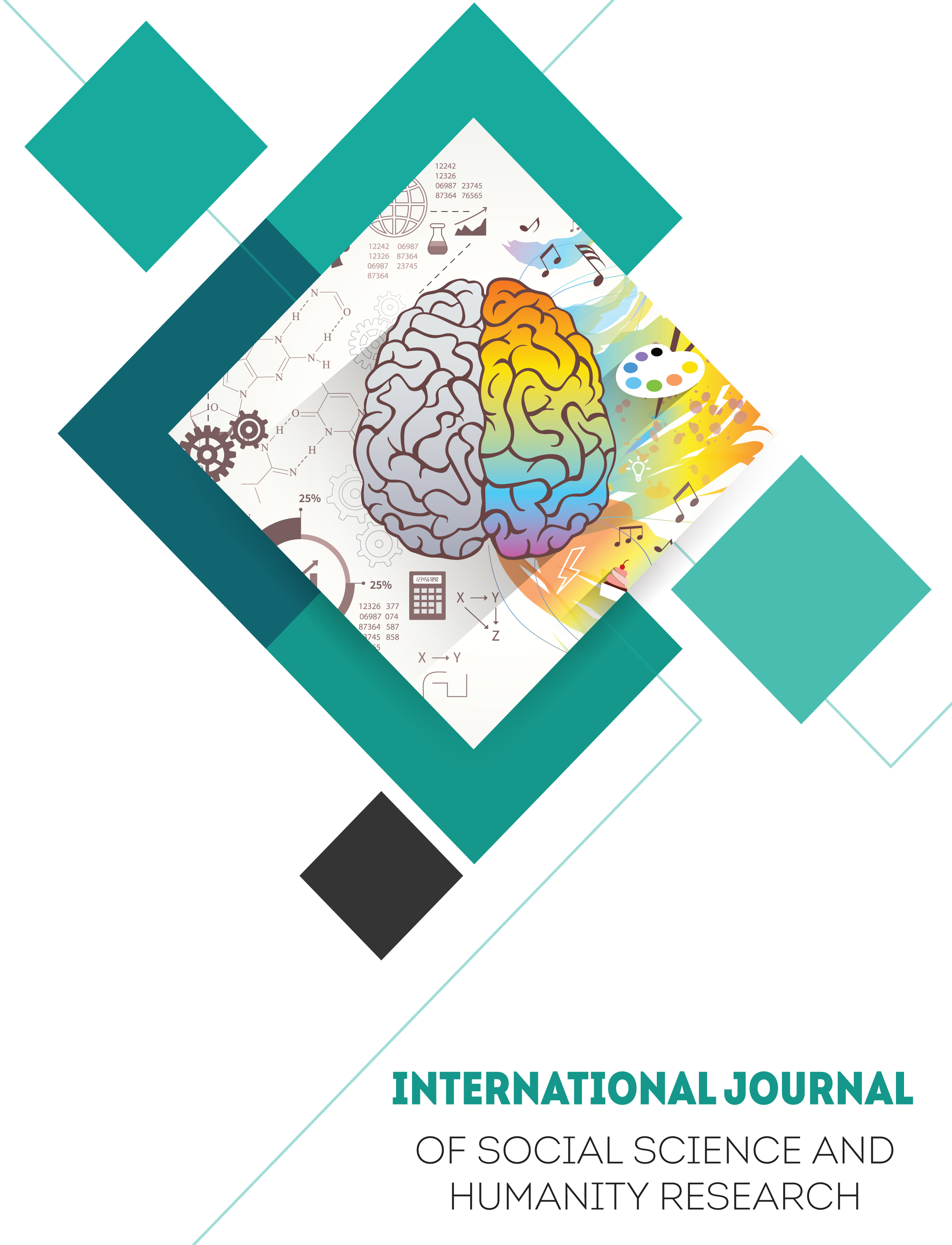The deployment of the Internet Autonomous System Classification of the Topology of Internet Autonomous Systems
Main Article Content
Abstract
Although the Internet has been studied from its origin, academics did not pay considerable attention to its development and evolution until the mid-1990s, when it became economically feasible in the United States. To begin, Govindan and Reddy [16] first defined an AS-level graph. The graph was shown as a collection of nodes and linkages, with each node representing an Internet domain. They discovered that, despite the fact that the Internet has grown significantly, the degree and route dispersion have remained consistent with pre-boom levels. Faloutsos et al., however, coined the term "Internet topology" in their landmark research [17]. If the data from the BGP monitor was trustworthy and complete enough, the researchers concluded that it allowed for the first comprehensive look at AS topology. They found that the distribution of AS degrees followed a simple power formula. Academic interest in Internet topology and data gathering methods, graph creation, and graph methodologies and analysis has grown since the publication of this landmark work [18].

